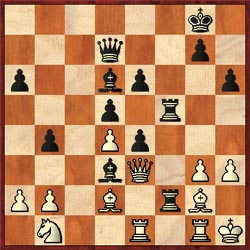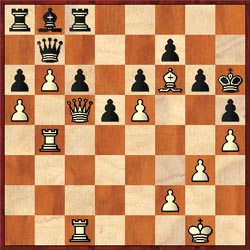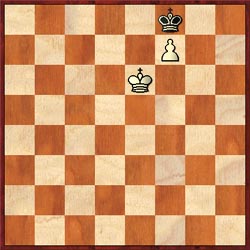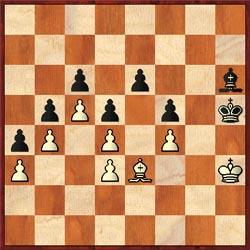|
Mutual Zugzwang
"Mutual Zugzwang," also known as "reciprocal zugzwang," is a term not known by many chess players, but is a key concept. Mutual zugzwang occurs when each side would be at a disadvantage if it were their turn to move. These positions are common in King and Pawn endings.
Mutual Zugzwang example #1 is from a famous ending. In this position, Black would lose if it had to move since 1… Kg7 would allow infiltration by the White King after 2.Ke7 followed by 2.f8(Q). On the other hand, if White were to move, the game would be a draw since either the pawn would be lost, or a stalemate draw would occur after 1.Kf6.
Mutual Zugzwang example #1 is a bit more complex and involves a concept called, "mutual zugzwang squares." The lesson below features analysis from Muhammad and the instructive play that results. As one can see, when one has a bishop locked in by it's own pawns, gaining and losing tempos become a matter of life or death at the chess board. Note: The analysis done by Muhammad was the subject of an article appearing in the June/July 1999 issue of Georgia Chess magazine and was reprinted with permission.
|
|



